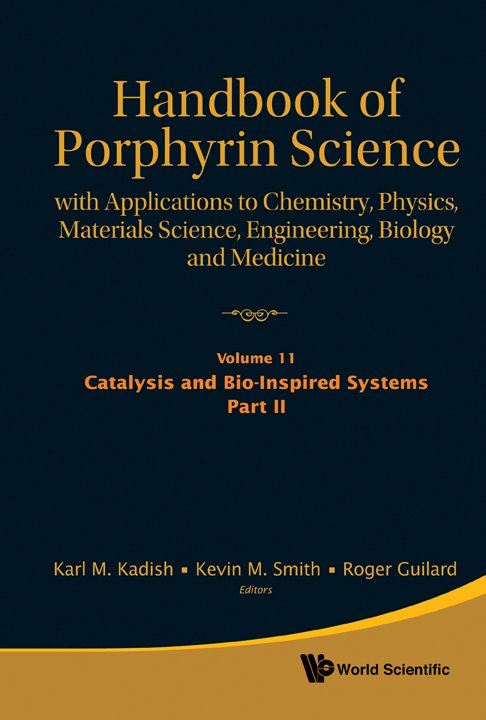51 Photochemistry of Chlorophylls and Their Synthetic Analogs
The following sections are included:
List of Abbreviations
I. Introduction
II. Characterization of Chlorophylls
A. Structures and Nomenclature
B. Light Absorption
III. Natural Chlorophylls
A. In Photosynthetic Antennas
B. In Organic Solvents
1. π-Skeletal Effect
2. Peripheral Substituent Effect
a. 3-Substituents
b. 7-Substituents
c. 8-Substituents
d. 12-Substituents
e. 132-Substituents
f. 17-Substituents
g. 20-Substituents
h. Central metals
3. Solvent Effects
IV. Semisynthetic Chlorophylls
A. π-Skeletons
B. 3-Substituents
1. 3-Ethenyl Substituents (3-C=C)
2. 3-Ethynyl Substituents (3-C≡C)
3. 3-Carbonyl and Related Substituents (3-C=X)
4. 3-Monosubstituted-Methyl Substituents (3-CH2X)
5. 3-1-Monosubstituted-Alkyl Substituents (3-CHRX)
6. Carbinols (3-C(OH)RR′)
7. 3-Substituted Bacteriochlorins and Porphyrins
C. 7,8-Substituents
1. 7-Substituents
2. 2. 8-Substituents
3. Formylated Chlorins
4. 3-Acetyl-Bacteriochlorins
D. 13,15-Substituents
1. 13-Substituents
2. Modified 5-Membered E-Rings
3. Modified 6-Membered E-Rings
4. E-Ring-Opening Substituents
E. 20-Substituents
F. Central Metals
G. π-Systems
1. B-Ring Reduced Chlorins
2. Stereoselectively D-Ring Reduced Chlorins
3. Isobacteriochlorins
V. Fully-Synthetic Chlorophyll Models
VI. Conclusions
VII. Acknowledgments
VIII. References


